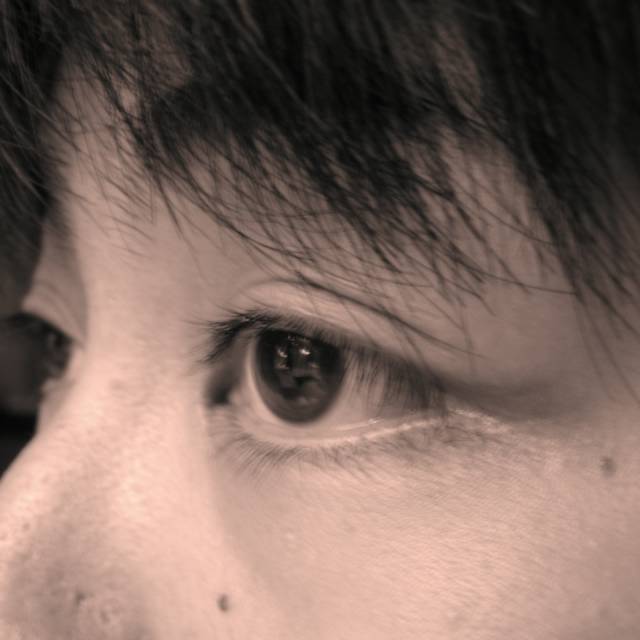ridiculing the post-modern: Donald Barthelme "The balloon"
Donald Barthelme's "The balloon" is a playful satire of post-modernism. The point was made clear to me by a coincidence. I happened to read the lovable short story (which made me smile all over) right after Sontag's "Against Interpretation."
Sontag's point is that interpretation is suffocating the art. She swims up the torrent of history, looking for the origin of our compulsion to interpret. Before Plato, there was no need to justify the existence of art, she says. When he divorced the world and the idea, the former as mere representation of the latter, he also gave birth to the necessity to defend art. If art is a representation of the world, which in itself a mere representation of the idea, is it worth anything? The necessity to justify the existence of art entailed interpretation. Until recently, it was better justified when its representation of the world was closer to reality. In the modern world, as the art is increasingly being seen as a personal statement, rather than an objective photocopy of the world, the judging criteria shifted from its closeness to the reality to its closeness to the artist.
The problem is, she contests, that all the justification/interpretation of art are concerned only with the content, not the form. We have so much vocabulary to talk about what it could mean, but so little to describe how it looks, how it sounds, how it feels, and how it reads. The forcible attribution of meaning to the content of art is, in today's society, a device to tame the art, which is inherently dangerous in its ability to disrupt the lukewarm convention of the world. Good art disturbs us. It often disturbs us more when we don't know what it means, nor why we feel disturbed. This, Sontag argues, is the true value of art, and attempts to interpret a piece of art within an easy, ready-made, comfortable framework is a destruction of this valuable force. What we need now is the vocabulary to talk about the form, and less selfish decyfering of the content, she concludes.
Until the very end, "The balloon" seems to be an homage to this post-modern idea of defying interpretation. The narrator mocks the people's awkward attempts to "interpret" the giant gray balloon, which, one day, suddenly appeared above the city of New York, covering the sky from the fourteen street to the Central Park.
There were reactions. Some people found the balloon "interesting." As a response this seemed inadequate to the immensity of the balloon, the suddenness of its appearance over the city [...]. There was a certain amount of initial argumentation about the "meaning" of the balloon; this subsided, because we have learned not to insist on meanings, and they are rarely even looked for now, except in cases involving the simplest, safest phenomena.
Thus, people stopped inquiring the balloon's meaning and started to have fun with it. They "hung green and blue paper lanterns," "seized the occasion to write messages on the surface," and "daring children jumped" on it. The objective, scientific descriptions of the balloon and its construction process (yes, it was constructed), along with this sarcastically journalistic portrayal of people's reactions, seem to be in harmony with Sontag's call for the precise vocabulary to describe the form of art. All point to his ostensible experiment with the possibility of post-modern appreciation of art. Then comes the big flip.
"The balloon [...] is a spontaneous autobiographical disclosure, having to do with the unease I felt at [his lover's] absence, and with sexual deprivation," the narrator reveals at the end, as he embrace his love back in his arms. The balloon was nothing but a (strange) embodiment of his longing for his lover, who happened to be on trip in Bergen, of all the places. At this, all the full-blown, pseudo-scientific, big-worded descriptions of the balloon deflates. Now the artist (the narrator, who erected the giant balloon) gives away its meaning. And it is so miniscule and insignificant, compared to the speculations made about its possible meaning, yet it is so human, lovable, and convincing.
Instead of denying the meaning to the object, Barthelme gives it an indisputable meaning, which is so "insignificant" in the business of the world (Just one man's sexual frustration and longing for his love! What could be more insignificant?). We are inclined to, or even bound to, meaning and interpretation, however miniscule it may be. Thus, the story becomes a satire of the post-modern attempts to escape the meaning. As a pleasing sidenote, the narrator concludes the story: "removal of the balloon was easy; trailer trucks carried away the depleted fabric, which is now stored in West Virginia, awaiting some other time of unhappiness" with yet another excessive specificity. (Why West Virginia? Why?)



3 Comments:
Hi. Your blog about Barthelme's "The Balloon" was nice to read. You see, I'm using this story in one of my free-talking classes in South Korea. Yes, you guessed it: I'm a conversational teacher in the Korean Peninsula. I've been here for almost a year and today, while perusing the net, came upon your blog. I enjoyed your writing.
What's your story?
I absolutely loved your notes on Barthelme's Balloon. A pleasure to read!
It is rare to encounter not only intelligence and clarity, but to have it represented deftly as you did here!...wow. :)
Thank you :)
I absolutely loved your notes on Barthelme's Balloon. A pleasure to read!
It is rare to encounter not only intelligence and clarity, but to have it represented deftly as you did here!...wow. :)
Thank you :)
Post a Comment
<< Home